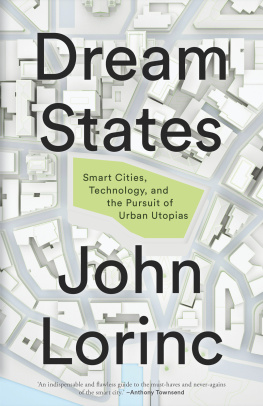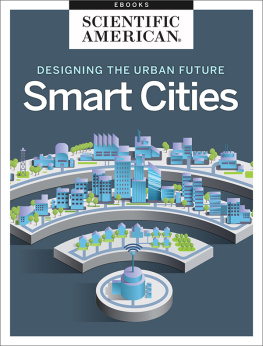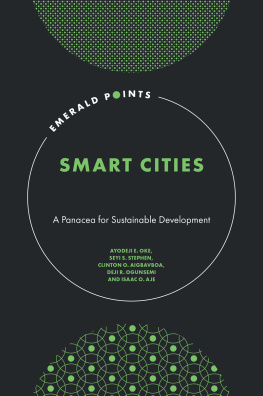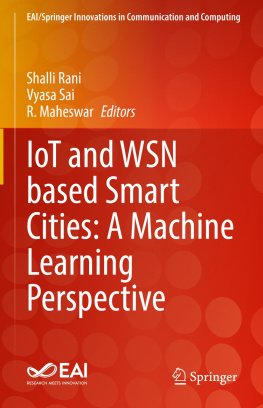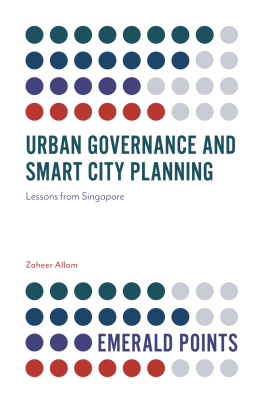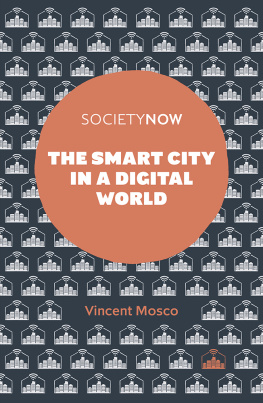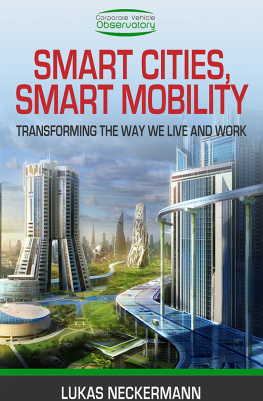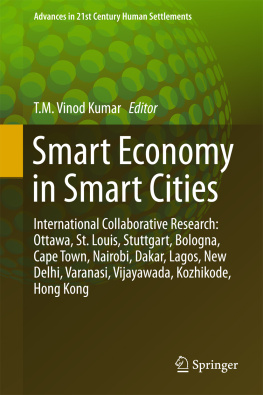John Lorinc - Dream States: Smart Cities, Technology, and the Pursuit of Urban Utopias
Here you can read online John Lorinc - Dream States: Smart Cities, Technology, and the Pursuit of Urban Utopias full text of the book (entire story) in english for free. Download pdf and epub, get meaning, cover and reviews about this ebook. City: Toronto, year: 2022, publisher: Coach House Books, genre: Art / Science. Description of the work, (preface) as well as reviews are available. Best literature library LitArk.com created for fans of good reading and offers a wide selection of genres:
Romance novel
Science fiction
Adventure
Detective
Science
History
Home and family
Prose
Art
Politics
Computer
Non-fiction
Religion
Business
Children
Humor
Choose a favorite category and find really read worthwhile books. Enjoy immersion in the world of imagination, feel the emotions of the characters or learn something new for yourself, make an fascinating discovery.
- Book:Dream States: Smart Cities, Technology, and the Pursuit of Urban Utopias
- Author:
- Publisher:Coach House Books
- Genre:
- Year:2022
- City:Toronto
- Rating:4 / 5
- Favourites:Add to favourites
- Your mark:
Dream States: Smart Cities, Technology, and the Pursuit of Urban Utopias: summary, description and annotation
We offer to read an annotation, description, summary or preface (depends on what the author of the book "Dream States: Smart Cities, Technology, and the Pursuit of Urban Utopias" wrote himself). If you haven't found the necessary information about the book — write in the comments, we will try to find it.
Is the smart city the utopia weve been waiting for?
The promise of the so-called smart city has been at the forefront of urban planning and development since the early 2010s, and the tech industry that supplies smart city software and hardware is now worth hundreds of billions a year.
But the ideas and approaches underpinning smart city tech raise tough and important questions about the future of urban communities, surveillance, automation, and public participation. The smart city era, moreover, belongs firmly in a longer historical narrative about cities one defined by utopian ideologies, architectural visions, and technological fantasies.
Smart streetlights, water and air quality tracking, autonomous vehicles: with examples from all over the world, including New York, Los Angeles, Boston, Portland, and Chicago, Dream States unpacks the world of smart city tech, but also situates this important shift in city-building into a broader story about why we still dream about perfect places.
John Lorincs incisive analysis in Dream States reminds us that the search for urban utopia is not new. Throughout the book, Lorinc underscores the fact that a gamut of urban innovations from smart city megaprojects to e-government to pandemic preparedness tools only provide promise when scrutinized together with the political, economic, social, and physical complexities of urban life. Shauna Brail, University of Toronto
Dream States: Smart Cities, Technology, and the Pursuit of Urban Utopias takes us on a fascinating journey across world cities to show how technology has shaped them in the past and how smart city technology will reshape them in the future. This book is essential reading for policy makers, researchers, and practitioners interested in understanding the opportunities and challenges of smart city technology and what it means for city building. Enid Slack, University of Toronto School of Cities
Utopia may be the oldest grift in the city-building business, but Dream States shows that technology is a timeless tool for turning the most ordinary of urban dreams clean air and water, safe streets, and decent homes into reality. As digital dilettantes try to sell us on a software overhaul, John Lorinc provides us an indispensable and flawless guide to the must-haves and never-agains of the smart city. Anthony Townsend, Urbanist in Residence, Cornell Tech, author of Smart Cities
John Lorinc: author's other books
Who wrote Dream States: Smart Cities, Technology, and the Pursuit of Urban Utopias? Find out the surname, the name of the author of the book and a list of all author's works by series.

